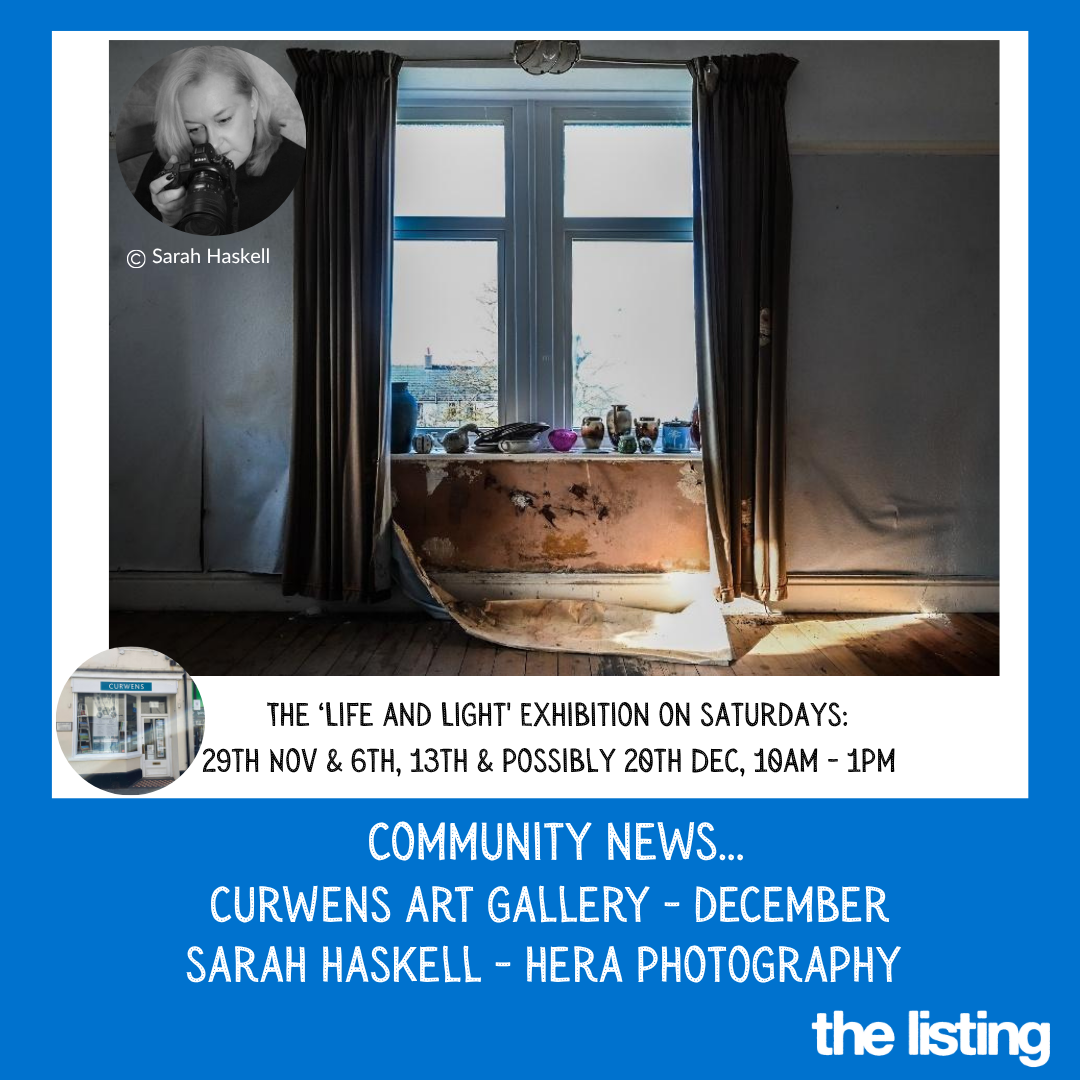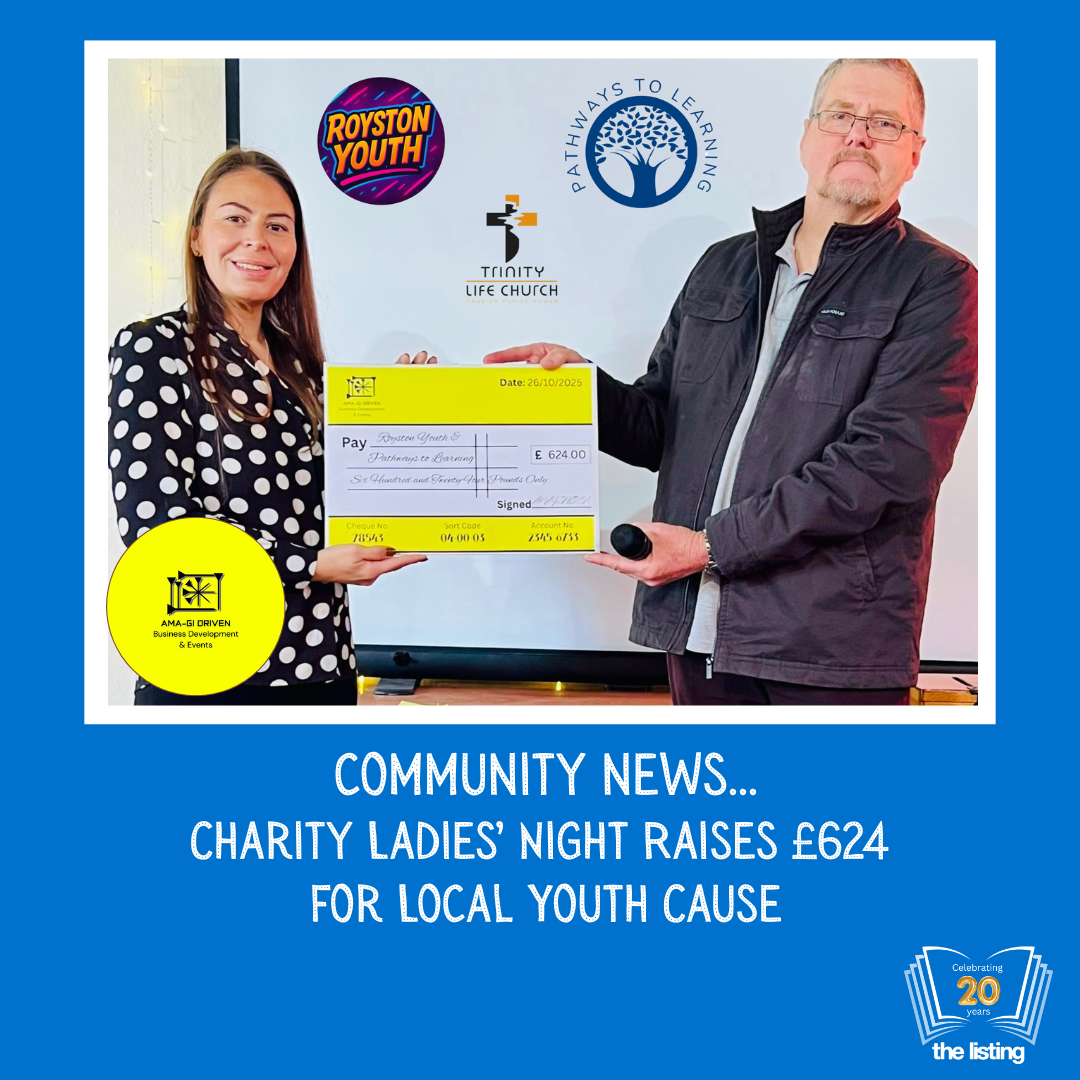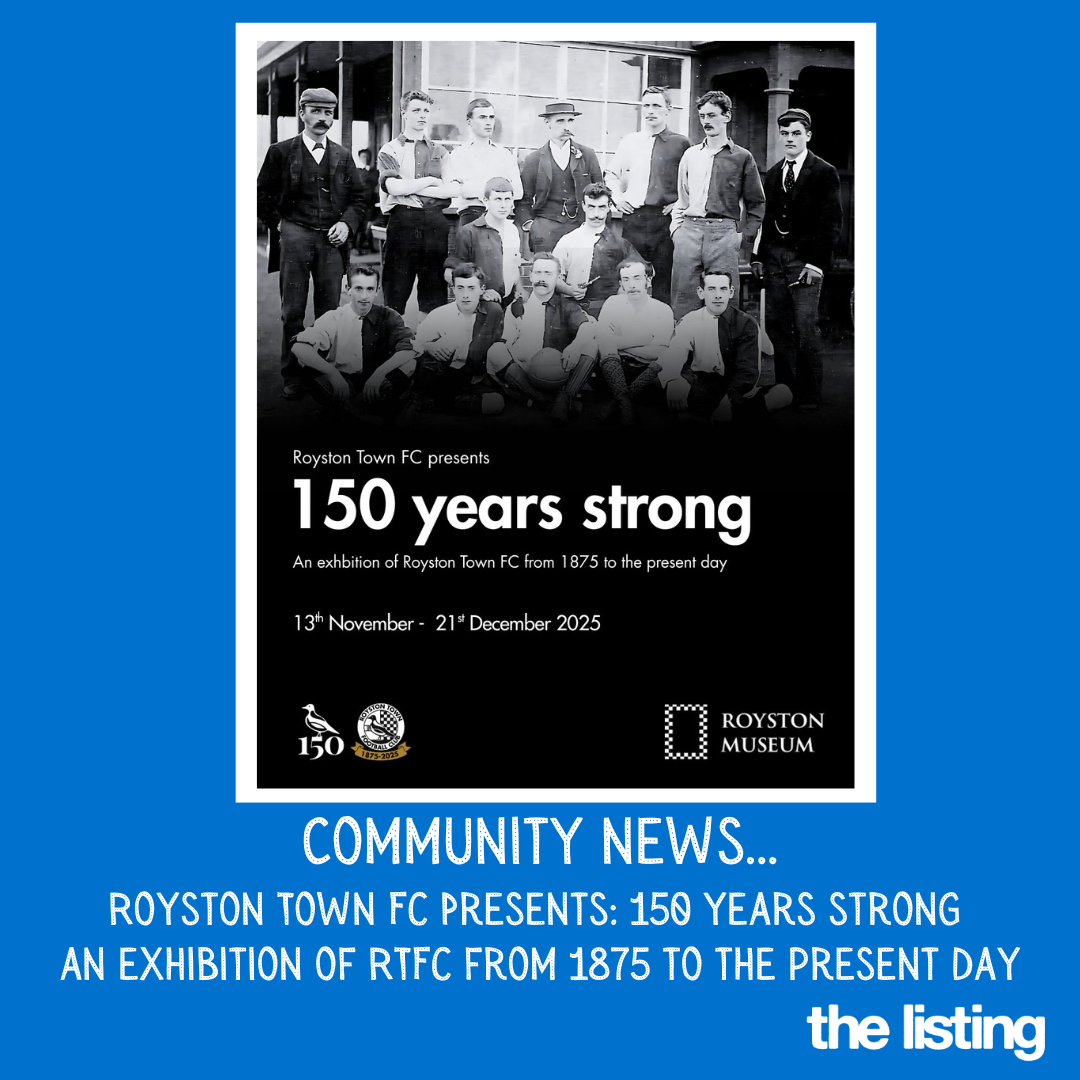Below stairs at the Banyers House
Historical records are selective and therefore open to interpretation, making any attempt to uncover the past all the more interesting. That’s what I discovered when trying to unearth some ‘underground’ stories about the Banyers House in the centre of Royston.
Some facts about the Banyers are well documented. It’s had some notable owners since being built in the 1700s for the Revd Edward Banyer, Vicar of Royston from 1739 to 1752. It was later the home of Joseph Beldam who, from 1826 onwards, played an important part in the abolition of the slave trade in the British colonies and then across the rest of the world. Beldam died at the Banyers in June 1866 and is buried in a family vault at the Parish Church opposite the house.
Fast forward to the early 20th century, it was home to a local racehorse owner with his horses stabled to the rear in buildings now occupied by offices. As still happens today, the race horses were exercised each day on Therfield Heath but, in those days, the route from the stables was out of town along Melbourn Street. Local historian F John Smith’s mother was born on Melbourn Street and he writes about her recounting how one of the horses was seen galloping back to the stables, having unseated its rider, leaving him to return from the Heath on two legs.
As befits the bar and restaurant that currently refreshes the clientele, I’d heard the Banyers cellars were extensive and included a tunnel under Melbourn Street. I decided to find out more, which is how I came to be at the Banyers to meet Dawn who managed the restaurant and rooms in 2003 and who still works there. As I waited in the bar area, I noticed a trapdoor, partly hidden under a nearby chair, and I wondered…
Dawn confirmed what I’d been told. “The tunnel is now blocked up, but it was used by the vicar as a safe route to the church opposite. When I arrived 15 years ago, you could still go a little way down the tunnel.” Dawn’s colleague Adam later opened the trapdoor I’d noticed on arrival to reveal a relatively small space and the wall that had once been the tunnel entrance. He also suggested another tunnel spit off under Melbourn Street towards the Royston Cave, confirming what I’d been told by another informant.
Continuing my tour outside, at the back of Banyers House I ‘discovered’ something I’d only heard about a couple of months previously – an icehouse – although it’s been there since the late 1700s. Icehouses pre-date domestic refrigeration; built to store ice in an insulated chamber before being taken indoors to preserve food. The first icehouses were confined to grand houses and royalty, later being used by dairies and then confectioneries. Astonishingly, the Banyers icehouse was only exposed in late 2014 during excavations for the latest hotel refurbishment for the current owners.
From lumps of ice to something else to send a shiver down the spine… I‘d heard about frequent ghostly goings-on at the Banyers*. For confirmation or denial, I again consulted Dawn who was disarmingly matter-of-fact about what she herself had experienced. “When I was managing the restaurant and rooms, Delia the owner used to talk about Henry – the ghost that walked around and moved things, including a clock that was in the room where the bar used to be.” As Dawn went on to recall “It was late on a busy night and things got a bit rowdy and the next minute the clock came off the wall and shot across the room. Many of the drinkers saw it happen and left soon afterwards!”
That wasn’t the end of it. “On another night, it was the end of a busy day, we were preparing for a wedding and Delia and I were both sitting in the bar area. Out of the corner of my eye I saw a gentleman standing behind the bar – thin and tall, dressed in a brown suit and wearing a tall hat just standing there, and Delia said to him ‘good evening Mr Banyers’. I left soon after and in the morning Delia said ‘write down what you saw’ and she did the same. We swapped papers; we’d seen the same thing even down to the white shirt and leather bow for a tie.
Returning to what else I’d heard about the Banyers, I asked Dawn about a story of some men who set up a jellied eel stall in the car park. Around the same time, forged £20 bank notes started to circulate around the town and they were eventually traced back to the eel stall. More than that, they discovered the forgeries were being printed in the cellars at the Banyers! The case went to court and was not reported in the press, but Dawn confirmed the details – it happened in 1987 – although she admits she didn’t know about the jellied eel stall.
Great news – the most unlikely story had been confirmed (as for ghosts, you either believe in them or you don’t). Going underground at the Banyers – from forgotten forged bank notes, to the much-reported tunnel, and a hidden icehouse – my digging around had been truly rewarding.
Further information:
*See http://eerieplace.com/haunted-banyers-hotel-royston for more about ghostly goings-on at the Banyers.
Contact Royston Library for the definitive guide to icehouses, co-authored by Royston resident (and Royston Cave expert) Sylvia P Beamon, with Susan Roaf. The Ice-Houses of Britain was published in 1990 by Routledge














